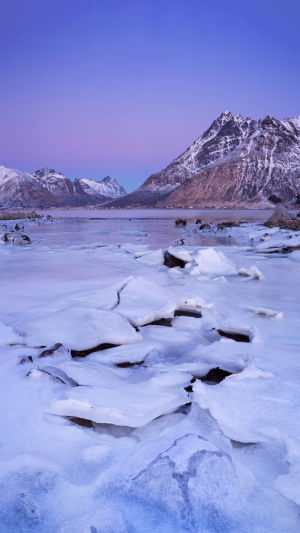Climate change is an unequivocal and pressing global crisis that has far-reaching consequences, and one of its most visible manifestations is the accelerated melting of glaciers.
Glacial melt, a direct consequence of rising global temperatures, is a critical indicator of the planet's changing climate patterns. As temperatures continue to rise due to human activities such as the burning of fossil fuels and deforestation, glaciers around the world are retreating at an alarming rate.
Glacial melt is a complex process with wide-ranging impacts on both local and global scales. Glaciers act as essential reservoirs of freshwater, storing vast amounts of water in frozen form. As these glaciers melt, they release water into rivers and oceans, contributing to sea-level rise. This phenomenon poses significant threats to coastal communities, as higher sea levels can lead to more frequent and severe flooding, erosion, and loss of habitat.
The Himalayas, often referred to as the "Third Pole," are experiencing some of the most pronounced glacial melt. The region's glaciers provide water to hundreds of millions of people, serving as a lifeline for agriculture, hydropower, and domestic use. However, as these glaciers shrink, the steady supply of water on which communities depend becomes uncertain, potentially leading to resource conflicts and displacement. Similar scenarios are unfolding in other glacier-rich regions like the Andes and the Alps.
The impacts of glacial melt extend beyond water availability. The albedo effect, which refers to the Earth's surface reflecting sunlight, is significantly altered as glaciers recede. Unlike the reflective surfaces of ice and snow, exposed rock and soil absorb more heat, exacerbating local warming and creating a feedback loop that accelerates glacial melt. This contributes to a vicious cycle where the more glaciers melt, the faster they continue to melt.
One of the most visually striking consequences of glacial melt is the loss of iconic landscapes. Glacier National Park in Montana, USA, for instance, has seen a drastic reduction in the number of glaciers present. Similarly, the Arctic region is experiencing a rapid decline in sea ice, impacting not only the habitat of various species but also the livelihoods of indigenous communities that rely on ice for hunting and transportation.
Addressing glacial melt requires urgent global action to mitigate climate change. The reduction of greenhouse gas emissions is paramount to slowing down the rate of global temperature increase. Transitioning to renewable energy sources, improving energy efficiency, and adopting sustainable land-use practices are crucial steps. International cooperation is vital, as the effects of glacial melt transcend national borders and require a collective effort to find solutions.
Adaptation strategies are also essential to cope with the inevitable consequences of glacial melt. Communities dependent on glacial water must diversify their water sources, implement water-saving technologies, and develop contingency plans for water scarcity. In addition, investing in early warning systems for glacial lake outburst floods can help mitigate the risks associated with sudden releases of meltwater.
The issue of glacial melt is a stark reminder of the profound impact of climate change on our planet. The accelerating loss of glaciers due to rising global temperatures is affecting ecosystems, water resources, and communities worldwide. Urgent action is needed to address the root causes of climate change and to implement strategies for adaptation and resilience. By acknowledging the interconnectedness of these issues and working collaboratively, we can strive to minimize the impact of glacial melt and secure a more sustainable future for generations to come.





